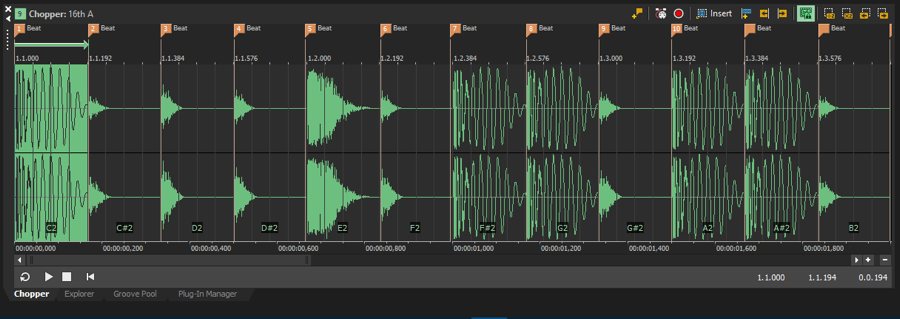


Mitochondrial health control is clinically relevant in DR management, and multi-omic tear fluid analysis can be instrumental for DR prognosis and PDR prediction. A “domino effect” is highly characteristic for the cascading DM complications in which DR is an early indicator of impaired molecular and visual signaling. PDR is considered an independent predictor of other severe diabetic complications such as ischemic stroke. Diabetes-associated small vessel disease and neuroretinal changes create a vicious cycle resulting in the conversion of DR into PDR with characteristic ocular attributes including excessive mitochondrial and retinal cell damage, chronic inflammation, neovascularisation, and reduced visual field. The current screening process for the DR risk is not sufficiently effective such that often the disease is undetected until irreversible damage occurs. Proliferative diabetic retinopathy (PDR) the sequel of diabetic retinopathy (DR), a frequent complication of diabetes mellitus (DM), is the leading cause of blindness in the working-age population.


 0 kommentar(er)
0 kommentar(er)
